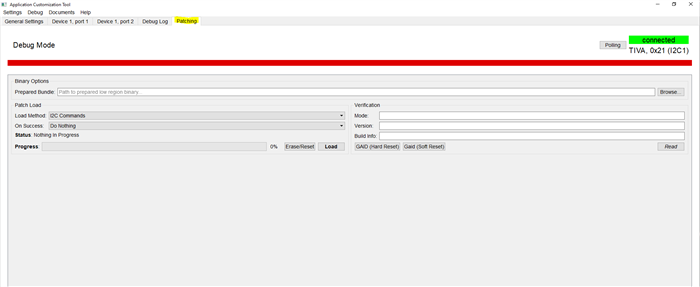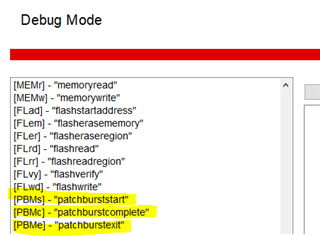Other Parts Discussed in Thread: TPS65994, TPS65993, TUSB1146, TPS65988, TPS65987, TPS65994AD
We are developing a board with a TPS65994AE and no EEPROM on I2C3m. We will be using a microcontroller to send a Patch Bundle over I2C1.
We purchased the TPS65994 EVM to help with development of our microcontroller code. The EVM board seems to have the older TPS65994AD chip. I was able to use the TI tool for Windows, "TPS65993_4 Application Customization Tool" v6.4.31, put it in "Debug Mode", and successfully sent a patch bundle to the EVM board. However I probed the I2C lines and observed that the Patch Bundle update method uses commands like "PTC*".
The TPS6599xAE Technical Reference Manual (SLVUC38) says commands like "PBM*" should be used.
Do the *AD and *AE chips require a different patch bundle sequence?
I have the TRM for *AE, may I please have the TRM for the *AD chip used on the TPS65994EVM?
My company, Engineering Design Team Inc., should have an NDA on file with TI.
Thank you!




